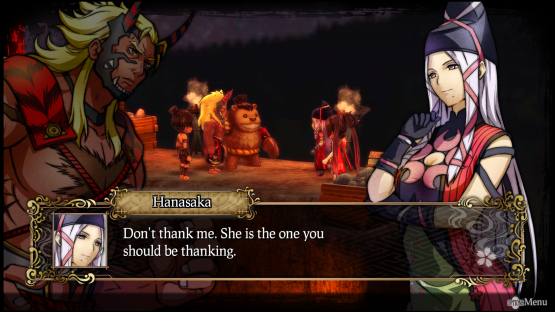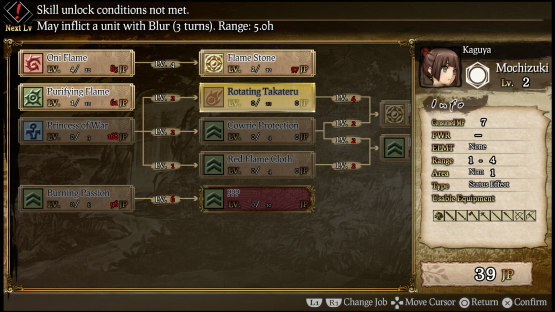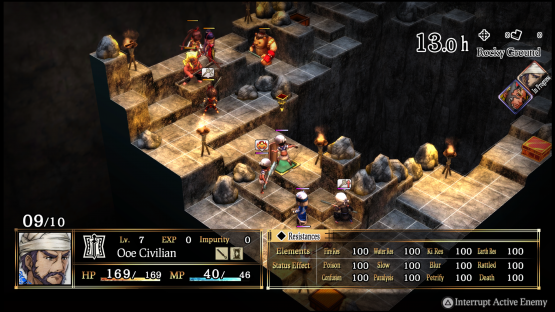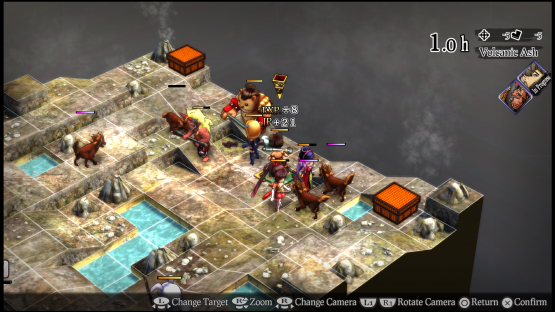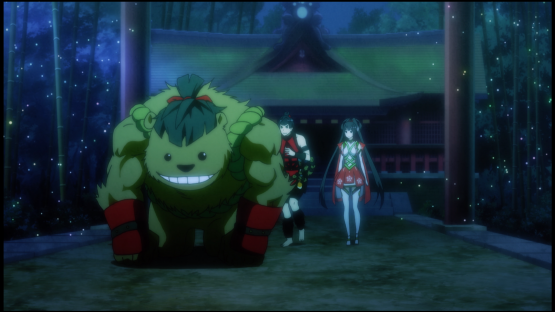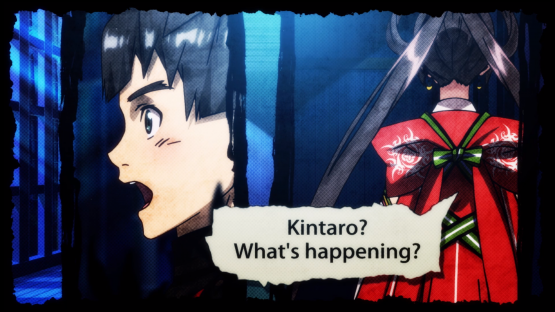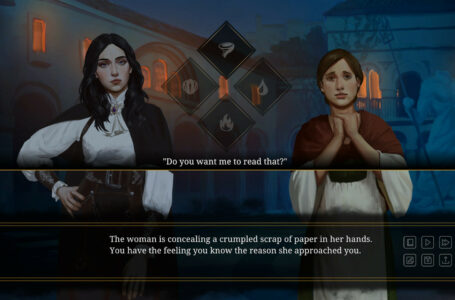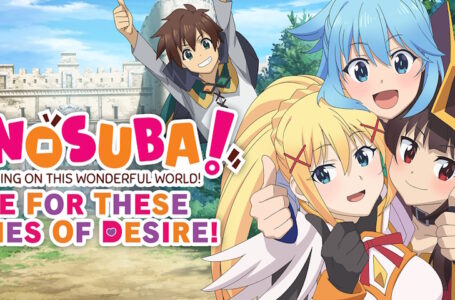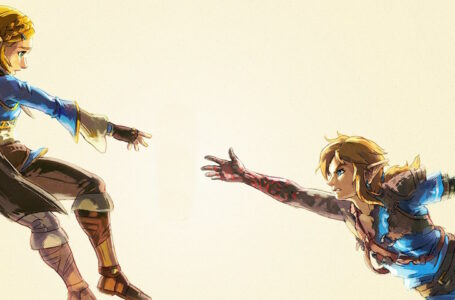God Wars: Future Past Review (PS4)
Made by Kadokawa games the company behind Natural Doctrine, one of the most hardcore SRPGs ever created, comes God Wars. Unlike before they embraced a more straightforward approach, which in this day and age of complex systems feels like a much needed breath of fresh air.
The game takes place in ancient Japan otherwise known as Mizuho. Mount Fuji has become active and in order to prevent its eruption Tsukuyomi the queen of Mizuho sacrificed her daughter to quell the Gods’ wrath. After 13 years of peace the volcano has once again reactivated and this time Kaguya, another of Tsukuyomi’s daughters is to be the sacrifice. Her childhood friend Kintaro and his giant bear Kuma rescue her from her dire fate and they all set out on a quest to meet with the now missing Tsukuyomi in order to shine light onto this world of Gods.
Even though the story ultimately may not be the strongest out there, its enthralling set up with its interesting characters managed to keep things exciting.
God Wars: Future Past plays like your typical SRPG. Everything you have come to expect from the genre is here, meaning fans of the genre will feel right at home. You move units on a isometric grid and fight in turn-based battles. Terrain plays an important role in combat. Placing archers on high ground will give them more power and larger range, while attacking from a lower position may mean less of your hits will connect with the enemy. You start battles without MP, however it is slowly refiled as the battle rages on.
The game features a job system very similar to the one found in Final Fantasy Tactics. Each character can have up to three jobs. You can pick one main and one sub job, while unique jobs are tied to that character. Jobs impact what kind of weapons, skills and passive abilities a character can have. The game lets you combine any jobs making for a rather flexible system, allowing you to customize characters to suit your liking such as creating the ultimate warrior priest if you want. Leveling up specific jobs also unlocks new ones. So for example a level 6 Priest unlocks a Monk and Shintoist job which you can pursue further. Each job has its own skill tree which lets you spend your hard earned Job Points in order to level up your skills or passive abilities.
Characters earn experience and Job Points for every move they make, be it attacking, using a skill, or even just using one of the many available items. This is perfect since it means that characters can level up mid-battle and even your less apt characters will have a way of growing, no matter how much they fumbled during a battle.
You can see a bit of Natural Doctrine rubbing off on God Wars. Enemies are no pushovers and you will almost always require your whole party to focus down one enemy if you want to kill it in a single turn. Because of this battles tend to be drawn out. Whether you are fighting 20 enemies or just the last handful you have to keep an eye out, because battles can quickly go sour if you don’t pay full attention to the battlefield.
The challenge can be easily mitigated with some old fashioned grinding. This comes in the form of requests put up by the local shrine. These missions will have you rethreading old locations and clearing up different enemies in order to earn additional goodies and level up. Its not particularly thrilling since sometimes you will visit the same stage three or four times.
Presentation-wise God Wars was clearly first and foremost made for the PlayStation Vita. While the visuals look outdated, the game easily manages to overcome this with its excellent art style. Everything has thicker strokes and uses more gradients, offering a distinct visual flair. The battles take place on blocky but colorful maps, while adorable chibi characters engage in battles left and right. The game also has periodic anime cutscenes as well as stylish comic panels, both of which help elevate the visuals even further.
The voice acting is a whole different story. The English voices tend to be range from cringeworthy to serviceable at best. It is fortunate that the game also includes the original Japanese voice track which fairs much better. Considering the game’s themes are Japanese mythology, sticking with Japanese voices is the best option.
If you are in search for the next evolution in SRPGs you won’t find it here. What you will find is a perfectly enjoyable title that, while not without its faults, manages to tick all the right boxes. It has a unique story, likable characters, decent combat and just enough depth with its class system to keep it all enjoyable.
- Gal Gun 2 Review (PS4) (Switch) - April 17, 2018
- Aegis Defenders Review (PC) - April 6, 2018
- The Witch and the Hundred Knight 2 Review (PS4) - March 26, 2018



